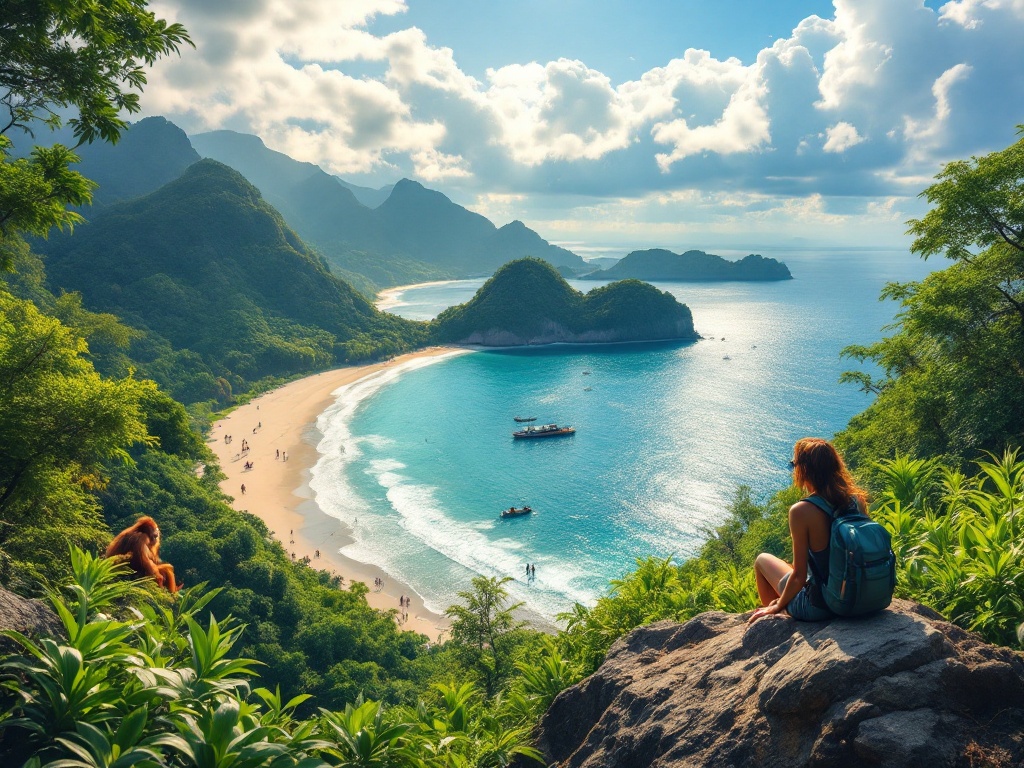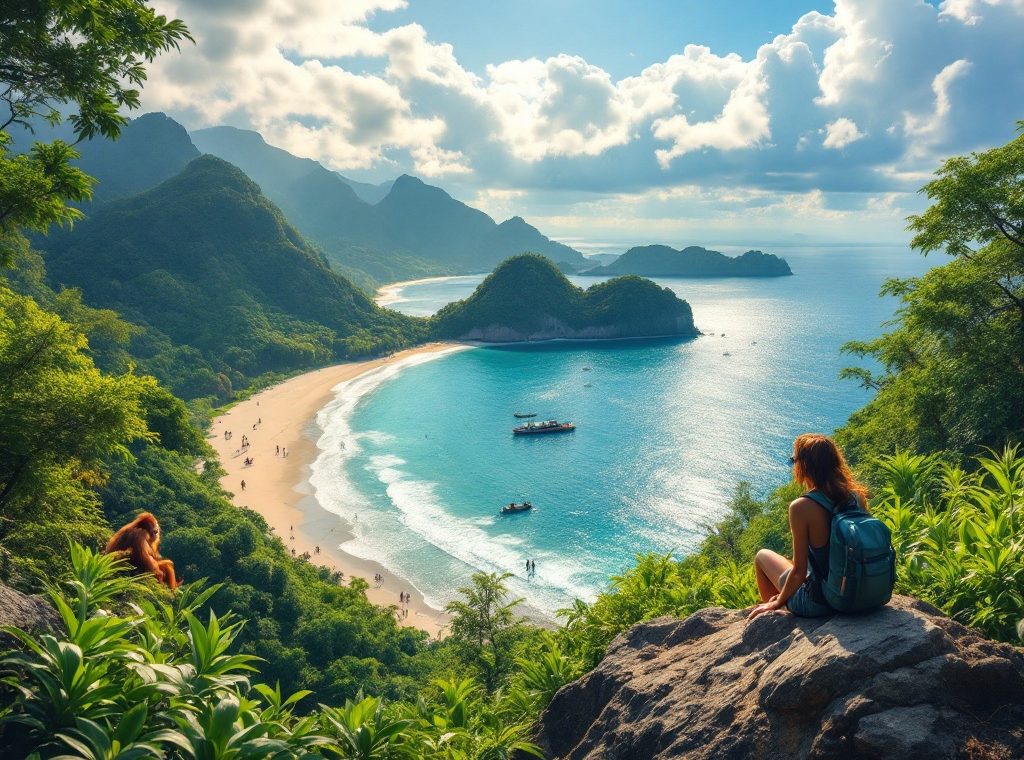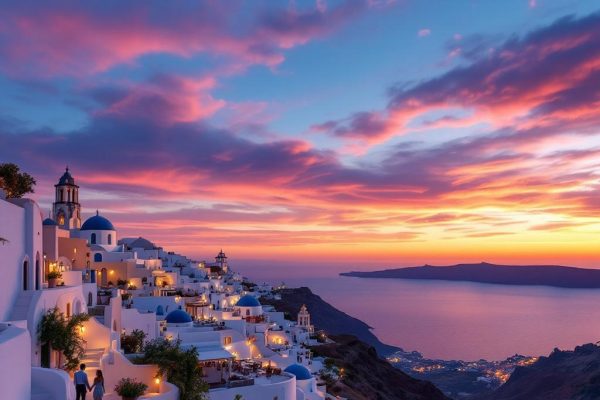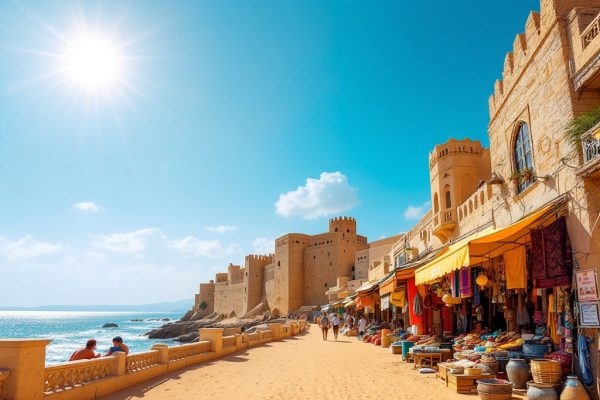When to Go to Malaysia
Dreaming of a Malaysian adventure? Discover the best times to explore this vibrant land! From pristine beaches to lush rainforests, Malaysia’s diverse climate offers something for everyone. Learn how the monsoon seasons impact each region, with ideal travel windows for the east and west coasts, Borneo, Kuala Lumpur, and more. Uncover the secrets to planning the perfect trip, with insider tips on when to dive, hike, and spot orangutans. Start planning your unforgettable Malaysian getaway today!
Important information

- Malaysia has two main seasons: wet (May-October) and dry (November-April).
- The dry season is the best time for outdoor activities, with less rain and lower humidity.
- The west coast is best visited from December to March (dry season), while the east coast is ideal from April to October.
- Kuala Lumpur is best visited during July and August.
- Borneo offers good wildlife viewing opportunities from March to October.
Understanding Malaysia's Climate and Seasons
Malaysia experiences two primary seasons: wet and dry. Their timing differs across the country. Visitors should be aware of the Malaysia Digital Arrival Card requirement for entry into Malaysia. More information can be found at Malaysia Digital Arrival Card.
Overview of Malaysia's Two Climatic Seasons
Malaysia experiences two distinct seasons: wet and dry. The wet season, spanning May to October, brings heavy rainfall. The dry season, from November to April, provides more agreeable travel conditions with less frequent rain and lower humidity. This makes outdoor explorations significantly more comfortable and enjoyable, as the reduced humidity also tempers the heat. Therefore, consider these seasonal variations when planning your Malaysian adventure.
Wet Season (May-October)
Expect heavy and frequent rainfall during these months. While this can make some outdoor activities challenging, it also brings lush greenery and lower prices.
Dry Season (November-April)
This is the peak tourist season, offering the most favorable weather for outdoor adventures. Expect less rain, lower humidity, and sunshine, making it ideal for exploring Malaysia's natural beauty.
The Northeast and Southwest Monsoons Explained
From November to March, the Northeast Monsoon brings rainfall to Peninsular Malaysia's East Coast, along with parts of Sabah and Sarawak.
The Southwest Monsoon arrives from late May to September, impacting the West Coast and areas of Borneo.
Weather Patterns and Travel Recommendations
Malaysia's tropical climate offers warm temperatures from 21°C to 32°C, coupled with high humidity, typically between 70% and 90%. Frequent, though short, heavy rain showers can affect travel plans, especially outdoor activities.
Northeast Monsoon (November to February)
Affects primarily the east coast of Malaysia, bringing heavy rainfall and strong winds. Hiking and watersports may be limited during this period.
Southwest Monsoon (May to September)
Impacts the west coast with similar weather conditions, including heavy rain and strong winds. Outdoor activities can be affected.
Understanding Malaysia's Average Temperatures and Humidity
Malaysia typically enjoys warm temperatures between 25°C and 32°C (77°F and 89.6°F) with consistently high humidity. However, February and March offer a refreshing break with cooler temperatures and lower humidity, making them ideal for a visit.
Impact of Tropical Rain Showers on Travel Plans
Tropical rain showers are brief but intense, rarely exceeding an hour. While these downpours might momentarily pause your outdoor adventures, they seldom disrupt travel plans. The air often feels more humid afterward. Packing a light raincoat or umbrella is a good idea.
How the Monsoon Seasons Affect Adventure Tourism
The Northeast Monsoon, from November to March, impacts the east coast with heavy rain and rough seas, making water activities unsafe. Conversely, the west coast generally remains dry during this period.
The Southwest Monsoon, from May to September, reverses this pattern, bringing rain and choppy waters to the west coast, while the east coast typically stays drier.
Plan your adventures around these weather patterns for a safe and exciting trip. The ideal time for activities like hiking, diving, and white-water rafting is during the drier months between monsoons.
East coast diving is best from April to October.
Hiking and jungle trekking are enjoyable during the dry season.
West coast diving offers prime conditions from December to March.
Hiking and jungle trekking are enjoyable during the dry season.
Choosing the right time ensures a memorable and safe adventure.
Best Time to Visit Malaysia by Region
Planning your Malaysian escape? Here’s a guide to the best times to visit:
Season-by-Season Guide to Visiting Malaysia
From December to February, Malaysia's west coast, including Langkawi, Penang, and Kuala Lumpur, thrives. This dry season offers ideal beach weather and exploration opportunities, boasting sunshine, low humidity, and calm seas.
Pleasant weather graces most of Malaysia from March to May. This shoulder season balances sunshine and occasional showers, creating perfect conditions for a variety of activities with warm temperatures and moderate humidity.
June through September is prime time for Kuala Lumpur and the east coast, including islands like Tioman and Perhentian. Generally dry with clear skies, it's a haven for diving, snorkeling, and island hopping.
October and November bring a shoulder season to Melaka and the Cameron Highlands. While rain is more frequent, cooler temperatures make exploring enjoyable. It's also a quieter, often more affordable, time to travel.

















